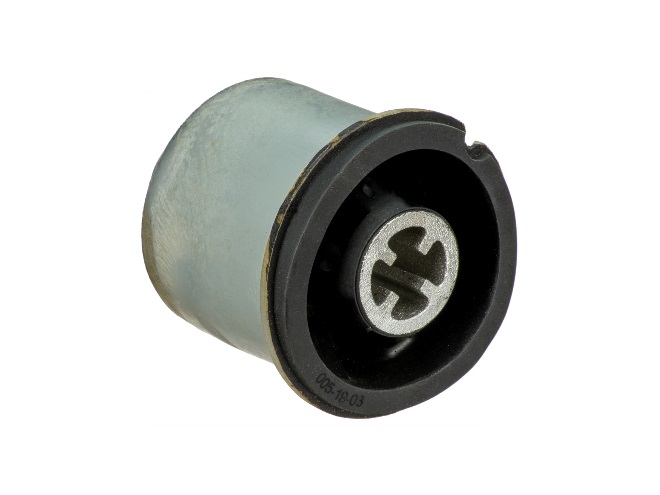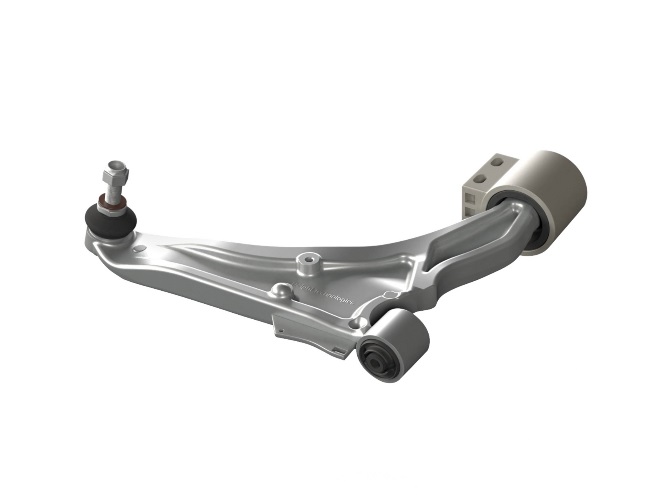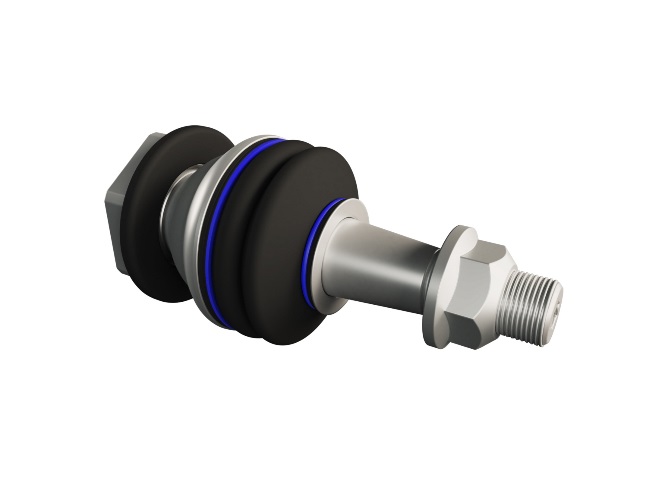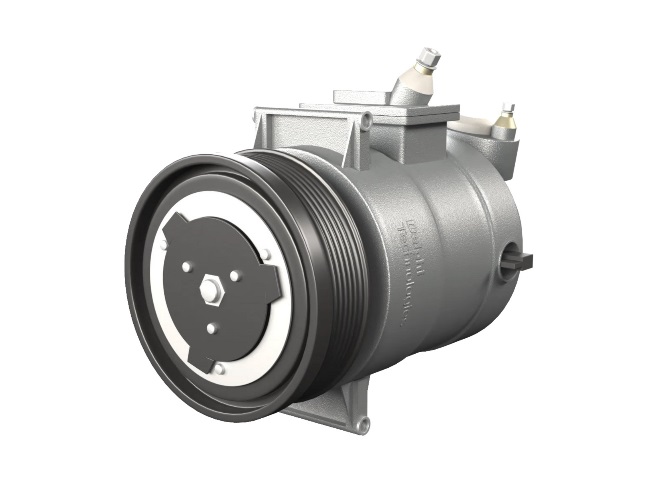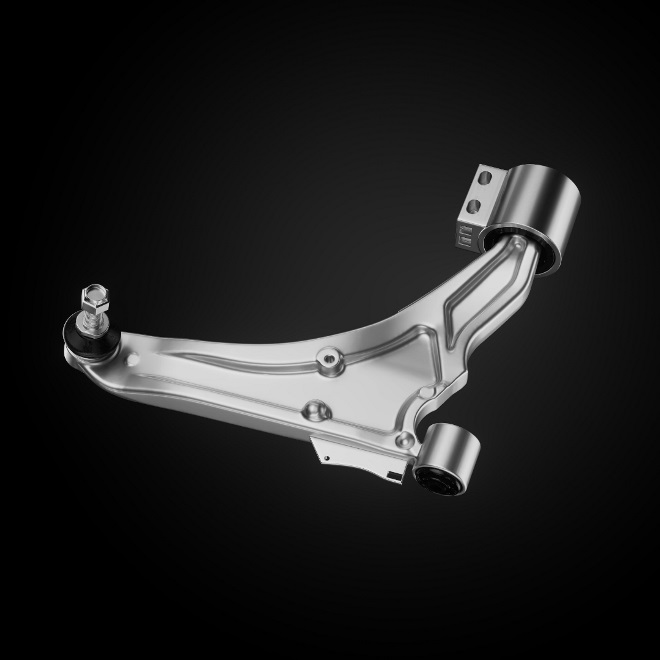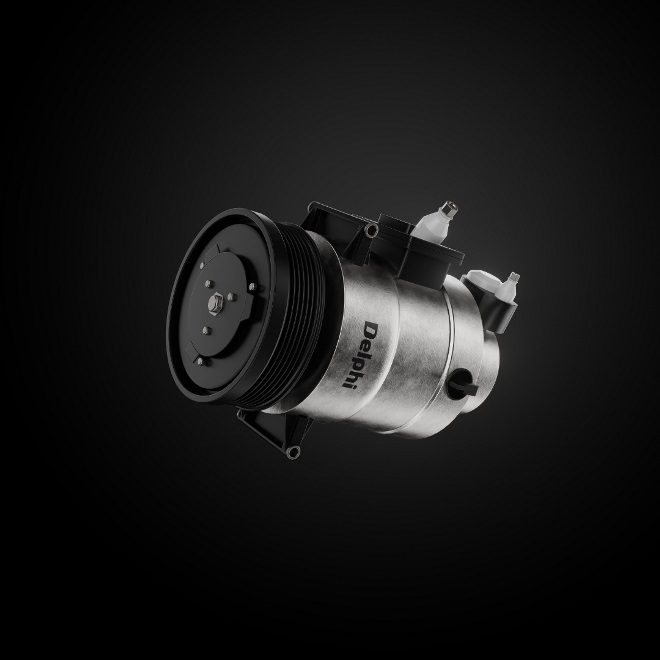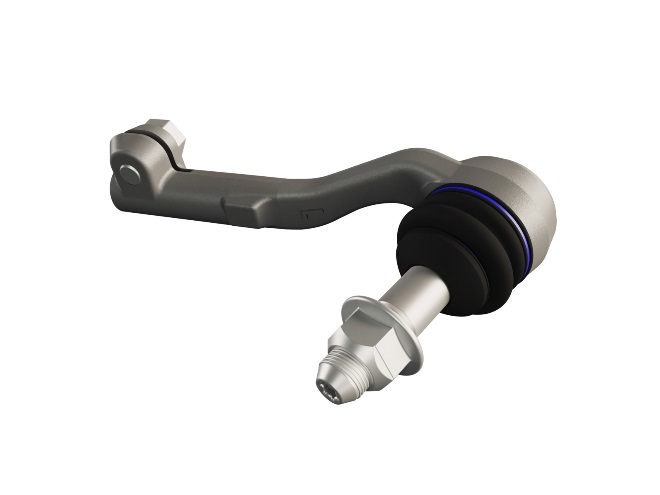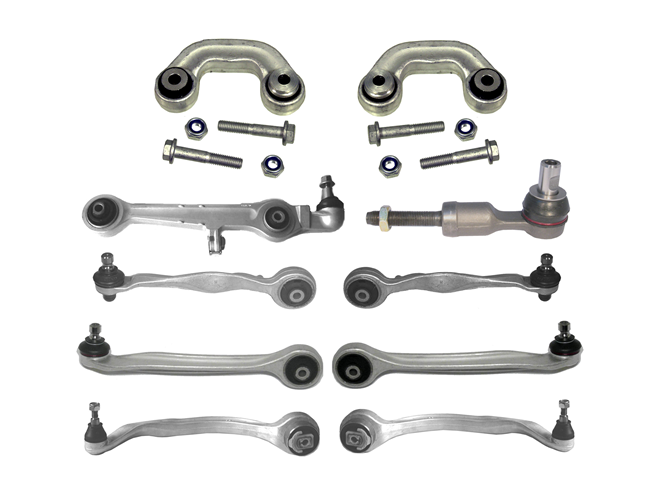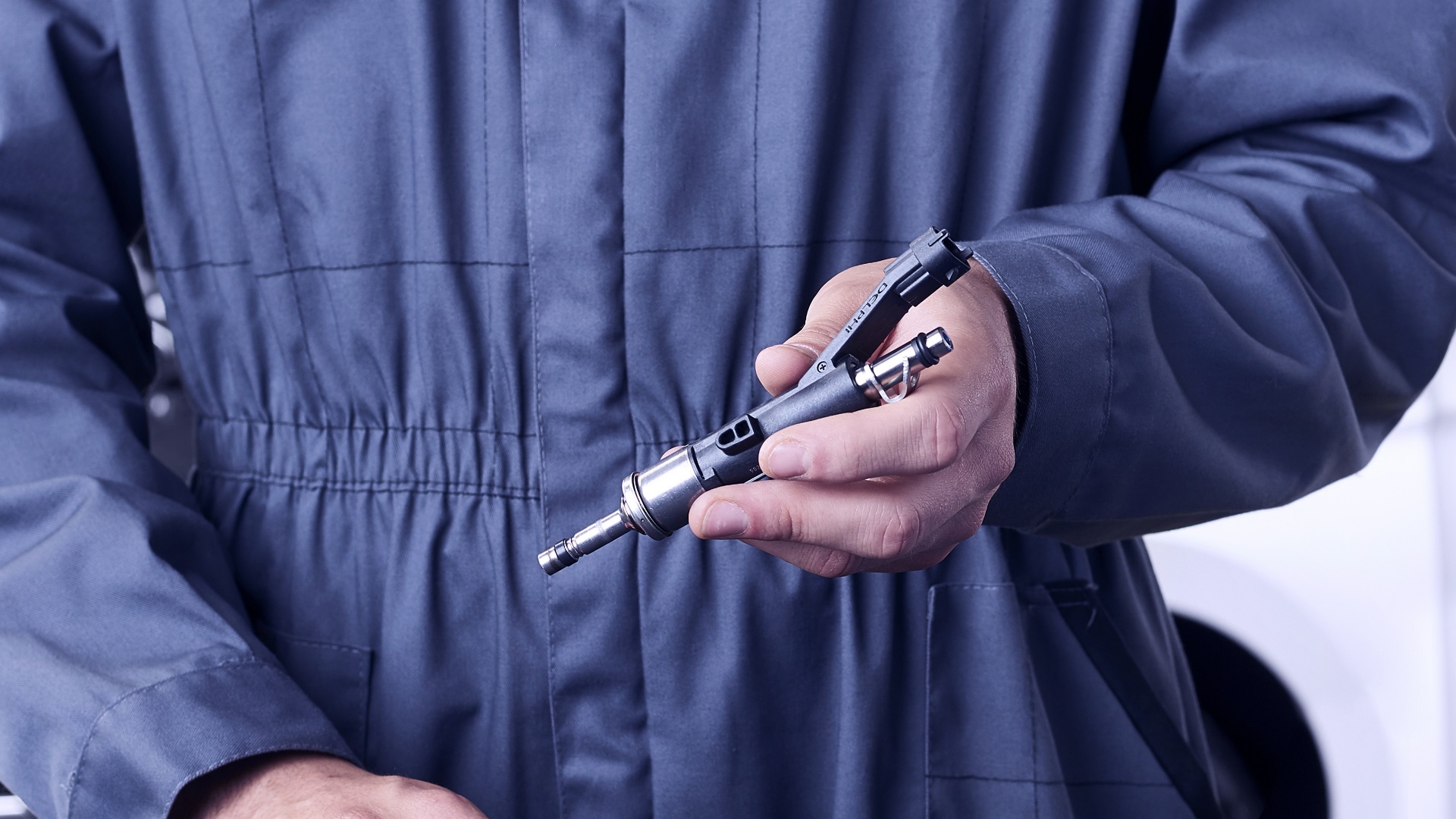Resource Highlights
Since the last thing you’ll want to do is spend the first day of your summer vacation stuck on the side of the road waiting for a tow truck, check out our summer vehicle maintenance checklist. With this simple, easy-to-follow checklist you can ensure both you and your vehicle are vacation-ready ...and might save you some gas money too.
1. Check your tires: You should check your tires regularly, especially when going on a road trip - the extra distances and weight of luggage will all put additional strain on your vehicle and your tires. First, check each wheel thoroughly and inspect the tire for any damage. If you spot any issues, have your tires checked at a reputable garage or tire shop.
Then check the tire’s tread depth. Most states require a minimum of 2/32 of an inch (approximately 1.6 mm) of tread. But of course, more is always better, as the more you have, the greater the traction. While a tire tread gauge will give you an accurate reading, a good indicator is to insert a penny into your tire's tread groove with Lincoln's head upside down and facing you. If you can see all of Lincoln's head, your tread depth is less than 2/32 of an inch so you’ll need a new tire.
Finally, check your tire pressure, including the spare, is in line with the specifications detailed in your owner’s manual. Just remember not to overinflate, as this can affect handling, fuel consumption and potentially lead to premature wear.
2. Check your windshield wipers: You never know when you’re going to need them, so it always pays to check that your wiper blades are in good working order. If they smear or are cracked or split, they’ll need replacing. Similarly, check the level of your washer fluid, topping up the bottle if needed, and that the jets are actually directing windshield washer fluid at the windshield, and not over it. Last but not least, make sure your windshield is clean before setting off.
3. Check your air conditioning: Your air conditioning system can lose up to 10 percent of its refrigerant gas each year. Within just two years, it could be operating a lot less effectively, putting more strain on the engine and using more fuel - especially in hot weather. To check your refrigerant levels, simply set the temperature to the coldest setting and the fan speed to maximum. If the air blows ice-cold, then everything is working as it should. If not your refrigerant may need to be recharged. A qualified garage will be able to do this for you.
4. Check your coolant: You should check your coolant levels every couple of weeks, especially in the summer, as it helps to prevent overheating. When your engine is cool, check the levels in the coolant reservoir - if it’s low, it’ll need topping up with the right type. If it always seems low, you may have a leak so the system will need to be checked.
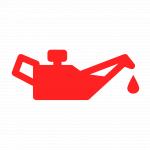
5. Check your oil levels: You should check your oil levels regularly too. And never wait for the oil warning light to come on - by this point your engine might already be damaged. As a rough guide, engines can burn a quart of oil in fewer than a thousand miles. Using your dipstick, check both the level and color of the oil. If it’s anything other than its typical amber color, you’ll probably need to change it. Regular oil should last between 4-5000 miles, and synthetic around 6-7000 miles.
6. Check your lights: While most modern vehicles will display a warning light if a bulb is out, it’s worth checking all your lights - indicators, reversing lights, brake lights, and fog lights – for blown bulbs, damage or dirt.
7. Check your power steering: Power-steering fluid is an area that’s often overlooked. However, it's important to keep it topped up and clean as low levels can lead to increased steering effort and premature failure of the power steering pump, whereas, dirty fluid can result in the premature failure of the entire system. Refer to your handbook for instructions on how to check your fluid level and if it’s low, fill it up, or if it's dark brown, have the power steering system flushed and refilled by a qualified technician.
8. Check your equipment: It’s sensible to invest in some safety equipment, just in case the worse ever happens. Key items to consider include a warning triangle and high visibility vests to alert other drivers, a flashlight, a first aid kit, a spare bulb kit, engine oil, cooling fan, and some emergency water. Also, check if you have a spare tire – you’ll be surprised how many people don’t.
Of course, while the above summer vehicle care checks will help ensure your vehicle is road trip ready, nothing beats regular servicing by a qualified technician. This will help keep your vehicle working at its best all year round - optimizing fuel economy, emissions and performance while spotting any smaller repairs before they become much bigger. So before you set off on your next big adventure, be sure to visit a local technician to make sure your vehicle is road trip ready.



